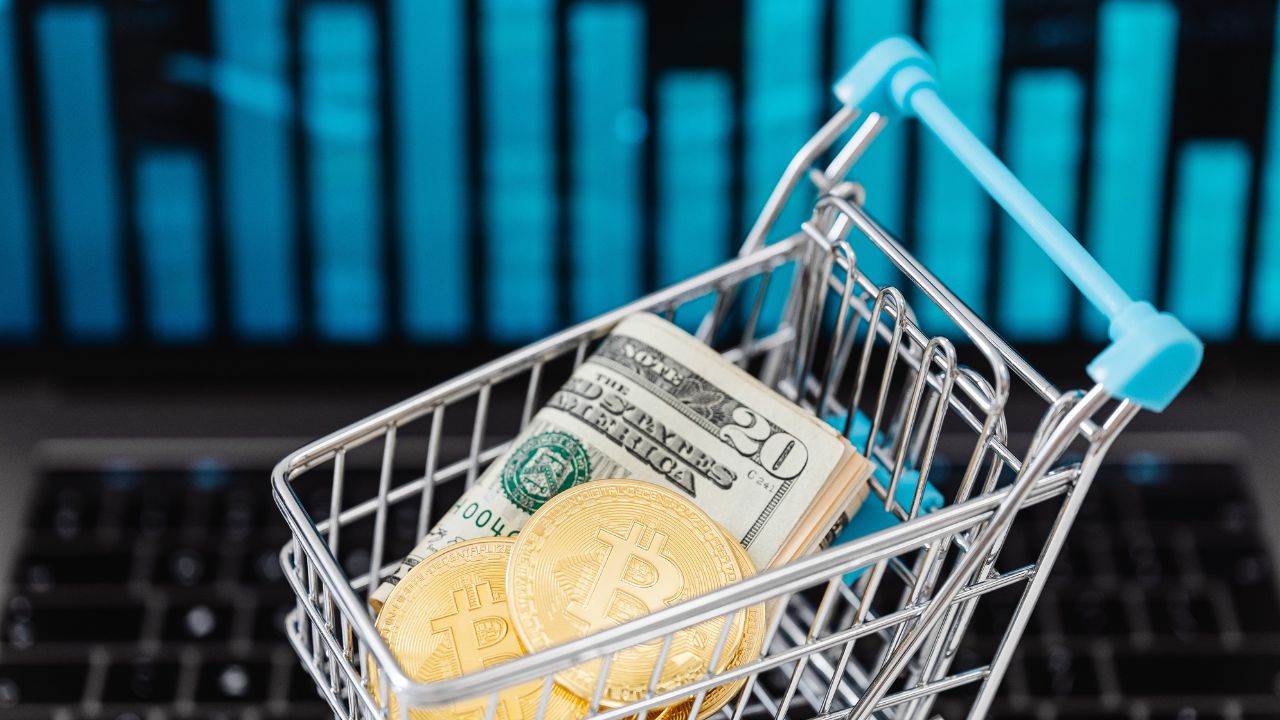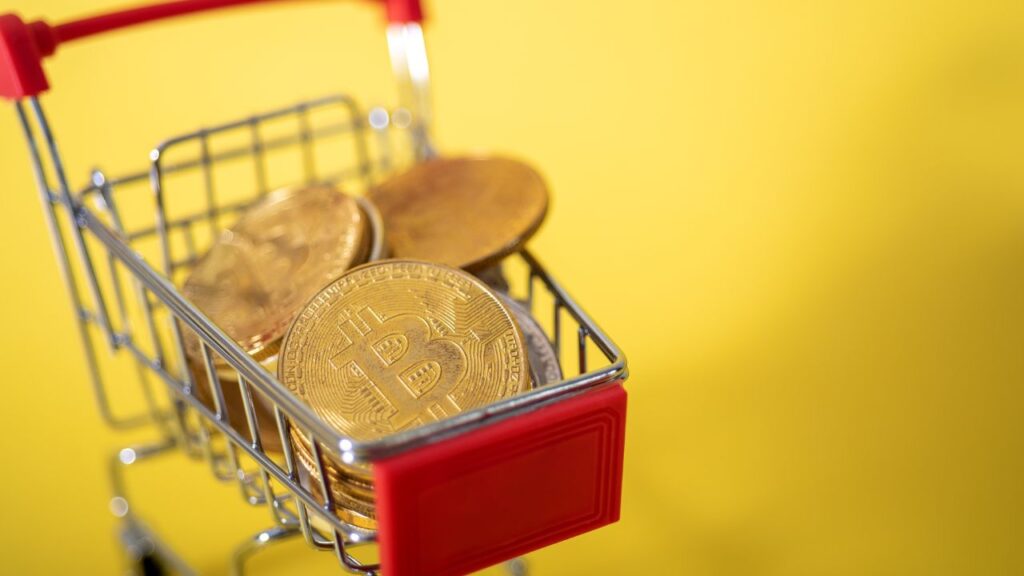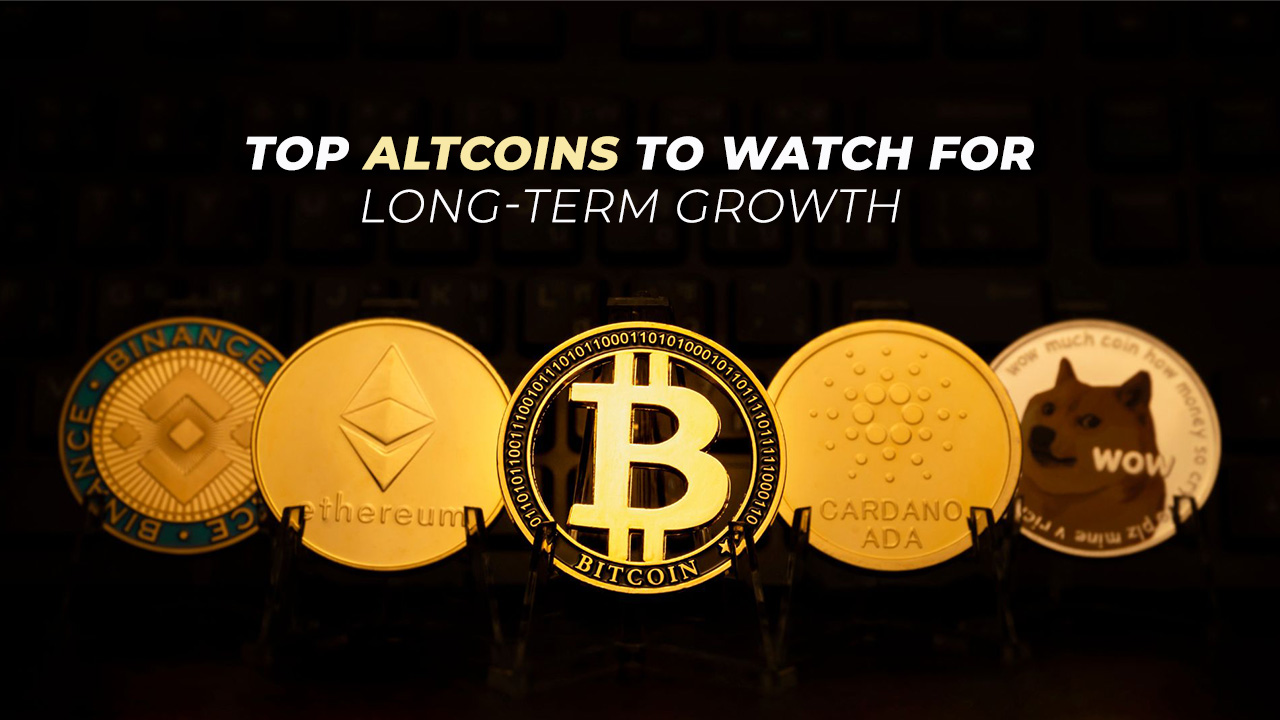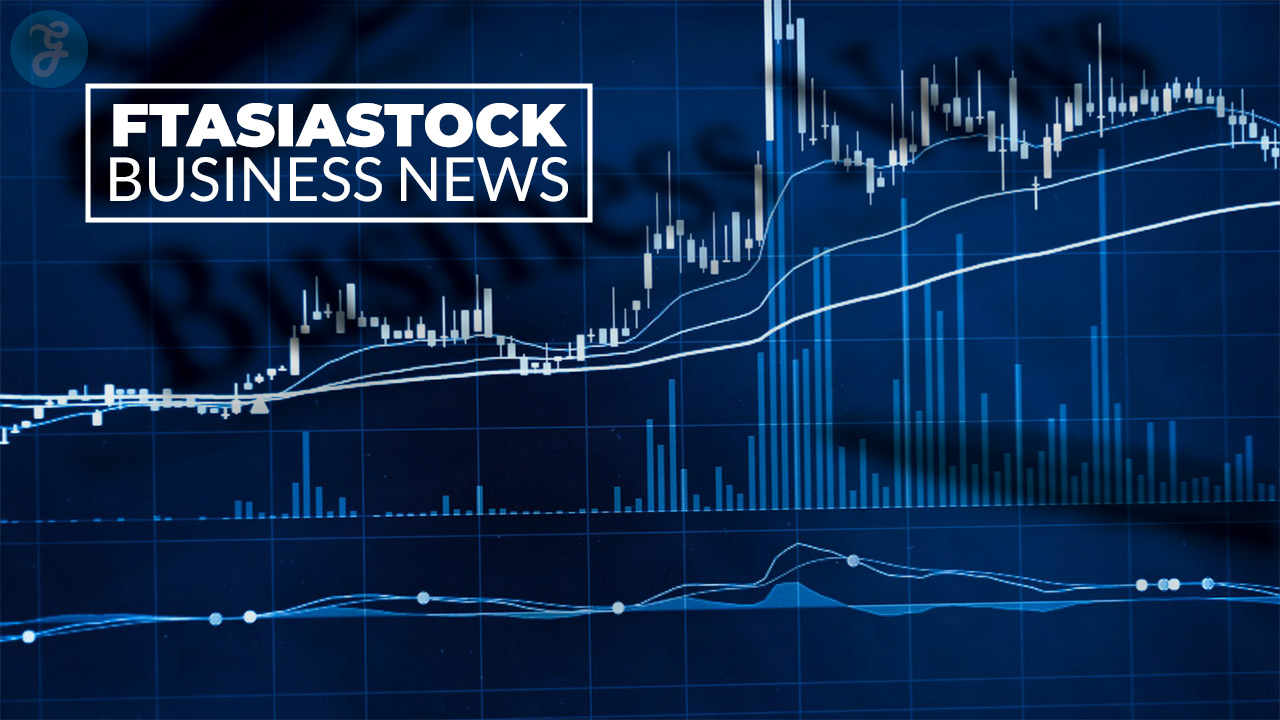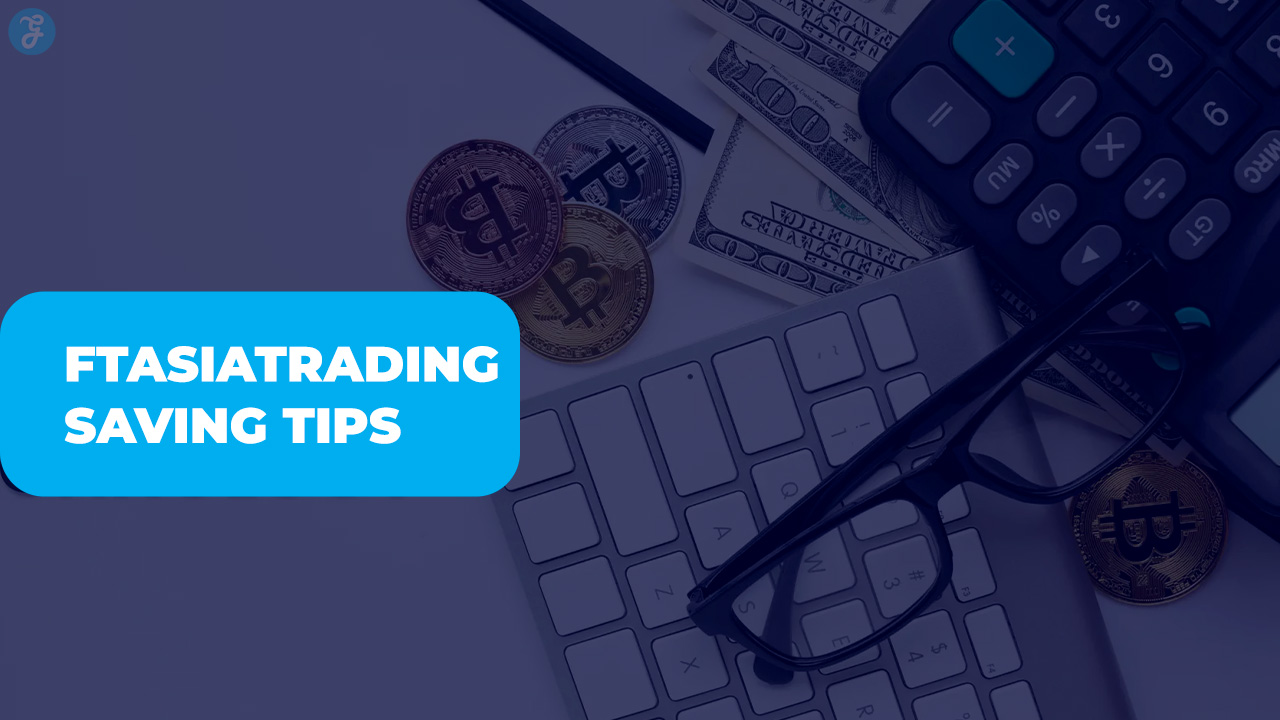So, you’re ready to jump into the dynamic world of cryptocurrency. You’ve chosen your preferred coin, have a good sense of your ideal buying time, and you’re all set to make your move. But as you reach the purchase screen, reality hits—a long list of fees suddenly appears, chipping away at your investment before you’ve even had the chance to profit.
This scenario is all too familiar for crypto newcomers; that initial surge of enthusiasm quickly fades once hidden costs surface. Naturally, this sparks a search for the “cheapest” crypto exchange, sending many aspiring investors down a rabbit hole, meticulously comparing the advertised fee percentages across countless platforms.
But here’s the question: Is just hunting for the lowest posted fee truly the smartest way to save on your crypto purchases? This article isn’t just about singling out the platform with the smallest fee plastered in big, bold numbers. Instead, we’re here to walk you through a much broader approach to cutting your crypto costs. While those rock-bottom fees might catch your eye, focusing on them alone can easily make you overlook other crucial factors that could actually end up costing you more as time goes by, so let’s review them before it’s too late.
The Siren Song of Low Fees and Cheap Rates
For beginners, transaction fees represent a genuine and noticeable expense—they immediately reduce the amount of cryptocurrency you end up with. If you’re planning to invest $500 and spot one exchange offering a 0.2% fee while another charges 0.8%, it’s natural to wonder, “Why pay $4 when I can just pay $1?” The urge to minimize these clear, upfront costs is powerful and totally understandable, especially when you’re new to investing and want every dollar to matter.
Cryptocurrency platforms know this all too well. That’s why they’re constantly promoting their rock-bottom fees in advertisements and across their websites. These services frequently spotlight their “maker” fees—typically cheaper than “taker” fees—or boast about exclusive rates that only kick in if certain requirements are met. As competition for users heats up, platforms go all out to highlight the lowest possible fees they can advertise.
However, simply focusing on fee percentages can be as deceptive as being lured in by a haunting melody that conceals hidden risks. Much like the legendary sirens who enticed sailors with enchanting songs, only to lead them toward disaster, the allure of ultra-low fees can sometimes disguise a more complex reality. The platform that seems cheapest at first glance may not ultimately be the one that saves you the most money over time.
The Tradeoffs of Cheap Platforms
Limited Coin Selection
It might look like a great deal when you come across a platform with ultra-low fees, but these savings often come at a cost: a much narrower choice of cryptocurrencies. Most of these budget exchanges tend to stick with the heavyweights like Bitcoin and Ethereum. If those are the only digital assets on your radar, you might not notice the limitation at first. However, the crypto landscape changes swiftly. That trending altcoin or innovative project getting all the buzz next month may not even be listed on your low-fee platform. As a result, you’ll end up signing up for additional exchanges, dealing with more KYC verifications, and facing extra deposit and withdrawal fees as you shuffle funds between multiple platforms.
Think back to 2017. Countless investors who flocked to Bitcoin-only exchanges for the lowest fees quickly realized they were missing out as Ethereum and other altcoins started to soar. Suddenly, these traders found themselves rushing to join new platforms, often paying steep premiums just to participate. The profit opportunities lost by sticking with platforms offering fewer cryptocurrency choices can easily eclipse any early savings made on transaction fees.
Inferior Features and Tools
Those incredibly low fees often come with trade-offs: the platform may fall short when it comes to the tools and features available on more established cryptocurrency exchanges. Features like advanced charting tools for analyzing price fluctuations, sophisticated order types such as OCO (One-Cancels-the-Other) for risk management, reliable stop-loss orders to safeguard your assets, and in-depth market analysis to guide your trading decisions typically require substantial resources to create and support—resources that budget exchanges may not invest in.
These features aren’t just frills—they play a crucial role in how well you navigate trading. Lacking robust limit order tools can mean missing the chance to secure your preferred buying price. If trustworthy stop-loss orders aren’t available, managing risks becomes nearly impossible. And when strong analytics are missing, you’re left making decisions without insight or clarity. In the end, these shortcomings can end up costing you far more than the minimal savings from lower transaction fees.
Lower Liquidity, Wider Spreads
Here’s a sneaky hidden cost lurking on those ultra-cheap trading platforms: lower liquidity, which often leads to much wider bid-ask spreads. Liquidity refers to how quickly and easily you can buy or sell an asset without causing a big change in its price. On platforms that don’t have many buyers and sellers—meaning low liquidity—the gap between the highest price someone will pay (the bid) and the lowest price someone will sell for (the ask) can grow pretty wide. This gap is what’s known as the spread.
For instance, on a major crypto exchange bustling with trading activity, the spread for Bitcoin might be as little as a dollar or two on a $50,000 valuation—barely a blip in percentage terms. In contrast, if you’re trading on a lesser-known discount platform with lower liquidity and fewer participants, that same spread can balloon to $50 or even higher. This extra $50 per transaction quickly negates any perceived savings you might have from lower advertised fees. Many new traders, focused solely on the displayed fees, often overlook this hidden expense. Over time, especially if you’re trading regularly, these wider spreads can significantly erode your profits.
Shaky Security and Unhelpful Customer Support
Another approach certain platforms use to keep their fees exceptionally low is by reducing investments in areas such as security measures and customer support. While day-to-day operations may seem seamless, these compromises often go unnoticed until a problem arises. In the event of a security breach or complications with a transaction, the lack of robust support and protection quickly becomes apparent—potentially leading to significant stress and expensive consequences.
If a platform has poor security measures in place, you could end up losing all your funds. Even if your assets are eventually returned, the anxiety and insecurity during the process can be overwhelming. Additionally, if you encounter issues with trades or your account is locked out during periods of high market volatility, slow or ineffective customer support can stop you from acting quickly—leading to missed opportunities and potential losses. The reassurance provided by a secure platform and dependable customer service often outweighs any minor savings you might get from lower trading fees.
Hidden Fees
Finally, platforms advertising ultra-low trading fees frequently compensate for them through other, less transparent charges. Be mindful of withdrawal fees that can far exceed the real blockchain transaction cost—these can pile up quickly if you regularly transfer your crypto to a personal wallet. Additionally, some exchanges impose fees for funding your account via specific deposit methods, or even inactivity fees if you pause trading for a period. Don’t overlook currency conversion fees, either; charges for switching between fiat and cryptocurrencies are often hidden and not immediately obvious.
The takeaway is clear: always review the full fee schedule before choosing a platform, rather than focusing solely on the prominently displayed trading fee. That seemingly low 0.1% trading fee might end up totaling 3% or even 5% after all additional charges are accounted for.
Smart Strategies for Actually Saving on Crypto Purchase Fees
The search for the most affordable way to purchase cryptocurrency is about much more than just finding the cheapest platform to buy crypto assets. To genuinely cut down your expenses, you’ll need to dig deeper and become a sharp detective in the often intricate landscape of crypto exchange fees. It’s like learning the ins and outs of a game before you jump in—putting in some effort beforehand can help you avoid unnecessary costs as you go.
Understand the Fee Structure
Your first safeguard against surprise expenses is a thorough exploration of every platform’s full fee structure. Avoid skimming over the basic trading fees—really dig into the details. This requires a close inspection of:
- Maker vs. Taker Fees: Know the difference. Maker fees are what you pay when you place an order that isn’t immediately filled, adding liquidity to the exchange’s order book. Taker fees are for orders that execute instantly against existing orders, taking liquidity. Maker fees are almost always lower – a key point for strategic trading.
- Withdrawal Fees: Crucial for when you want to move your crypto off the exchange. These can vary wildly between different cryptocurrencies on the same platform.
- Deposit Fees: How much does it cost to get your funds onto the exchange using your preferred payment method? Some methods are cheaper than others.
- Account Fees: Are there any charges for simply having an account or for periods of inactivity?
Keep in mind that percentage-based fees often make large trades more cost-effective, while flat fees tend to favor smaller, frequent purchases. For example, if you pay a flat $1.99 fee for a $300 transaction, it’s cheaper than a 0.5% fee, which would cost $1.50. However, when your purchase jumps to $1,000, the dynamics change: a 0.5% fee is $5.00, making the flat fee a better choice for small buys and the percentage-based fee more advantageous for bigger transactions.
Consider Your Trading Volume and Frequency
Many crypto exchanges offer lower trading fees to active users by using tiered pricing models that depend on your trading volume over the past 30 days. If you frequently make trades, sticking to one main platform allows you to increase your trading volume there, move up through the tiers, and benefit from substantial fee discounts.
However, if you’re the type of investor who prefers a buy-and-hold strategy and only makes occasional trades, volume discounts likely won’t have much impact. Instead, focus on choosing trading platforms that offer low base fees and minimal fixed charges, so your infrequent transactions stay as affordable as possible. On the other hand, if you’re an active or frequent trader, it’s worth crunching the numbers to see how much you could save with volume-based discounts—even if these deals aren’t immediately obvious from standard fee listings, they can lead to significant cost savings over time.
Utilize Limit Orders
Want to take charge of the price you pay and possibly cut down on trading fees? Meet the limit order. Unlike simply purchasing at whatever the market’s offering, a limit order gives you the power to specify the precise price you’re comfortable with. Plus, there’s a perk: limit orders often enjoy reduced maker fees, since they contribute valuable liquidity to the trading platform.
On many trading platforms, maker fees are often much lower than taker fees—sometimes by as much as 50%. By regularly placing limit orders and setting your buy price just below the current market rate, you have the opportunity to lower your average transaction costs over time. While this approach means your order may not be filled right away if the market doesn’t hit your target price, the potential savings on trading fees can make the wait worthwhile for patient investors.
Mind the Deposit and Withdrawal Methods
How you choose to fund your crypto purchases—and the method you use to withdraw your assets—can significantly influence your total costs. For instance, when you buy crypto with a credit or debit card, you’re likely to face additional fees, often landing in the 3-5% range. These charges can quickly wipe out any savings you might gain from discounted trading fees. On the other hand, opting for bank transfers may take a bit more time but usually offers substantially lower fees, and on several platforms, they might even be free.
Similarly, when it’s time to withdraw your crypto, the withdrawal fees can range widely based on the particular cryptocurrency and the prevailing network conditions. For example, withdrawing Bitcoin during high traffic on its blockchain can set you back more than $20. In contrast, moving a stablecoin on a faster, more efficient network may only incur a fee of a few cents. To maximize your savings, it’s wise to plan your deposits and withdrawals carefully, taking into account both your options for transferring funds and the current network status.
Consider Exchange Tokens
A common strategy employed by many exchanges to foster user loyalty and minimize trading fees involves the use of their unique platform tokens. By holding and utilizing these tokens for fee payments, traders can access exclusive discounts. For instance, using Binance’s BNB token to cover trading fees automatically grants users a reduced rate. Similarly, exchanges such as KuCoin, with its KCS token, and OKX, offering the OKB token, run comparable incentives, encouraging active participation and cost savings for their communities.
That being said, approach this with caution. Platform token prices are often unpredictable and can fluctuate sharply. If their value falls substantially, any savings on fees you earned could disappear just as quickly. Before committing, carefully assess whether the discount truly compensates for the risks of holding a potentially illiquid token. It may be wise to dedicate only a small part of your trading funds to this approach.
Long-Term Investing vs. Active Trading
Your broader investment approach is key in determining which platform delivers the most value for you. If you’re someone who invests in crypto for the long haul and only buys occasionally, your main concerns may lean toward strong platform security, user-friendly interfaces, and minimal withdrawal costs, rather than obsessing over the lowest trading fees. Even if a platform charges a bit more per trade, the benefits of solid security features and no withdrawal fees could outweigh those extra costs if you’re only executing a few trades annually.
On the other hand, if you’re an active trader frequently executing trades, even minor variations in trading fees can add up dramatically over time. For individuals managing hundreds of transactions monthly, choosing a trading platform that offers the lowest possible maker and taker fees becomes critically important.
Compare Platforms Regularly
The landscape of cryptocurrency exchanges is always evolving. Fresh platforms are regularly launching, while established ones frequently modify their fee systems to attract and retain users. What may seem like the most affordable choice right now could easily become less economical in just half a year.
To consistently strike the right balance between fees and features, make it a routine to periodically assess the fee structure of your current exchange and see how it stacks up against competitors. Doing a review every quarter keeps you updated, allowing you to adjust your strategy as your investment goals shift and as the market landscape changes.
Even More Factors to Consider Beyond Fees
Security
You might come across a platform boasting ultra-low fees, but do those savings really matter if your crypto assets end up compromised? When it comes to securing your hard-earned funds, prioritizing robust security should be non-negotiable. Always ensure that any cryptocurrency exchange or trading platform you consider implements rigorous security features. Look for key protections like two-factor authentication (2FA), assurance that the majority of digital assets are stored offline in “cold storage,” frequent third-party security audits, and even comprehensive insurance coverage for potential incidents. Transparency is also crucial—platforms that openly share their security protocols and promptly communicate any issues are generally more trustworthy. In many cases, paying slightly higher fees for enhanced safety and peace of mind is a smart move, especially if you’re planning to invest or store substantial amounts of cryptocurrency.
User Interface and Experience
Imagine needing to make a quick trade during intense market fluctuations, but the trading platform you rely on is sluggish, confusing, or keeps freezing up. That kind of frustration isn’t just bothersome—it could genuinely cost you money. A reliable, user-friendly trading platform is more valuable than many traders realize. With an intuitive and smooth interface, you can execute trades efficiently, avoid costly order mistakes, and react with speed when it counts the most.Platforms that frequently crash in volatile markets, have overly complicated order processes, or lack clear transaction information can cost you much more in missed opportunities or trading errors than you’ll ever save on small fee reductions. Ease of use and straightforward navigation matter, especially when market conditions are stressful. Being able to quickly understand and operate your platform under pressure could make all the difference in your trading success.
Customer Support Quality
Imagine you run into an issue with a transaction or something goes wrong with your account. Reliable customer support is like having a safety net: you might not think about it until you need it, but when problems arise, it becomes priceless. Platforms that prioritize strong customer support, offering multiple contact options like email, live chat, or a phone number, demonstrate their commitment to resolving any challenges you might encounter. This is especially important if you’re just getting started with cryptocurrency, because having access to quick, accurate answers can help you avoid expensive mistakes and make your learning experience much easier. Before trusting a platform with your hard-earned money, it’s a smart move to reach out to their support with a basic question to gauge their response time and overall helpfulness.
Regulatory Compliance
When a crypto platform operates under transparent rules and strict regulations, it adds an important layer of security for users. These guidelines are designed to deter fraud, prevent mismanagement, and protect users from situations where a platform might vanish with their funds. Although regulatory compliance can increase operational costs—resulting in slightly higher fees for users—it ultimately contributes to a safer environment for storing your digital assets. Always check whether the platform holds proper licenses for your region and maintains a solid history of cooperating with regulatory authorities; these factors typically indicate a long-term, trustworthy service.
Bottom Line
Chasing the rock-bottom lowest fees in crypto may look like a clever strategy at first, but it can often lure you into situations where you end up paying more in the long run. The truly savvy move for saving money is to strike a balance—look for transparent, reasonable fees on a platform that’s not just secure and trustworthy, but also packed with features tailored to your investment style.
By thoroughly understanding every aspect of an exchange’s fee structure, utilizing strategic order types such as limit orders, choosing the most economical funding options for your account, considering your typical trading patterns, and regularly comparing with other platforms, you can significantly reduce your expenses while maintaining a high-quality trading experience. Keep in mind that the exchange loudly advertising the lowest fees isn’t necessarily the one that will actually save you the most money or deliver the best long-term experience when it comes to cryptocurrency investing.
Take control of your crypto adventure by understanding fees from a well-rounded perspective. This approach can help you retain more of your hard-earned funds, all while positioning yourself for a smoother and possibly more rewarding experience in the dynamic and sometimes intricate realm of digital assets.


